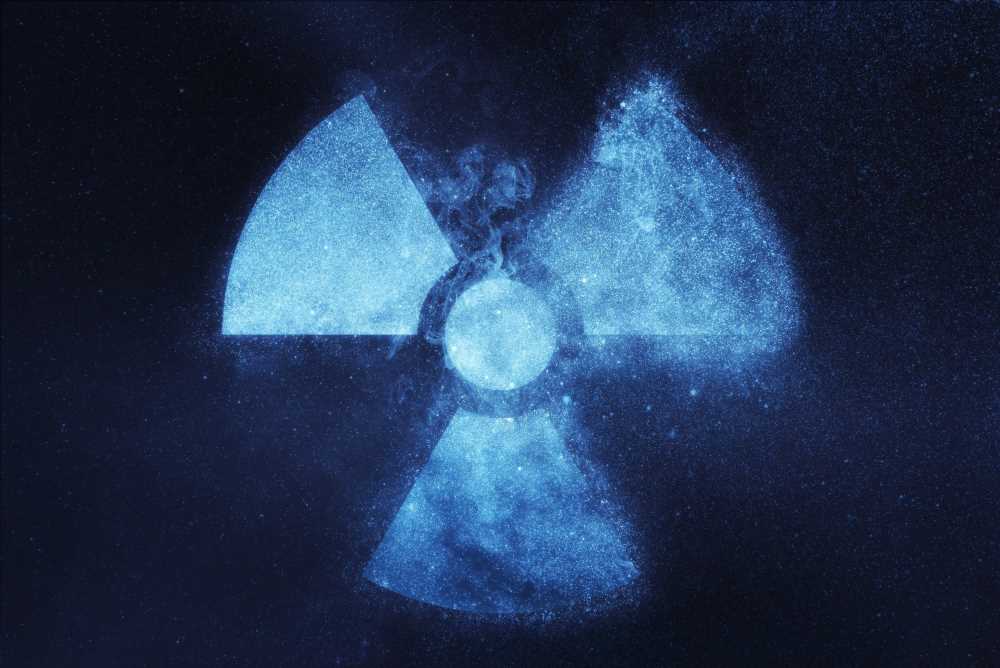
The effect of low dose rate exposure to ionising radiation on the risk of cancer
A recent study published in the BMJ evaluated the effects of long-term exposure to low-dose ionizing radiation on cancer mortality.
 Study: Cancer mortality after low dose exposure to ionising radiation in workers in France, the United Kingdom, and the United States (INWORKS): cohort study. Image Credit: Allexxandar/Shutterstock.com
Study: Cancer mortality after low dose exposure to ionising radiation in workers in France, the United Kingdom, and the United States (INWORKS): cohort study. Image Credit: Allexxandar/Shutterstock.com
Background
Public exposure to ionizing radiation has increased over the past decades. For instance, in the United States (US), the annual effective dose for an average person has doubled from 1985 to 2006, mainly due to increased exposure to radiation from medical imaging.
On the other hand, the annual occupational dose for an average radiation worker has been constant over the same period.
Understanding the association between low-dose radiation exposure and cancer can help inform decisions about the commercial or medical use of ionizing radiation and exposure limits for those working with ionizing radiation.
The international nuclear worker's study (INWORKS) was initiated to assess mortality risks from long-term exposure to low-dose ionizing radiation, encompassing nuclear workers from the US, the United Kingdom (UK), and France.
About the study
The present study evaluated the association between radiation dose and cancer mortality. INWORKS was established to provide quantitative estimates for the association between exposure to ionizing radiation and mortality, building upon the work of an international study on cancer risk among nuclear industry workers.
Data were obtained from the UK National Registry for Radiation Workers, three French employers, and the US Department of Energy’s Savannah River site, Hanford site, Idaho National Laboratory, Oak Ridge National Laboratory, and Portsmouth Naval Shipyard.
The team derived annual individual-level estimates of whole-body dose due to external exposure to penetrating radiation.
Measures of incorporated radionuclides were indications of confirmed uptake, assigned committed dose, and bioassay results. The researchers categorized workers based on signs of suspected or known internal contamination.
Workers’ vital status was ascertained by linking death registries and social security administration, tax, and employers’ records. The cause of death was abstracted from death certificates.
The team analyzed all cancer-related deaths, with solid cancer as the primary outcome. They also investigated the association of radiation dose with solid cancer, excluding lung cancer and various cancers associated with smoking and asbestos exposure.
Stratum-specific model for mortality rates was used to quantify the associations between radiation dose and mortality. Poison regression was used to fit models to analyze mortality rates.
The estimates were adjusted for multiple relevant covariates. Cumulative doses were lagged by 10 years, allowing minimal induction and latency between exposure and death.
The team performed sensitivity analyses with cumulative doses restricted to a lower dose range or with alternative lags (5, 15, or 20 years) and by excluding workers with a positive neutron dose or internal contamination.
Findings
Overall, 309,932 workers were included, with 10.7 million person-years follow-up. An average worker was followed up for about 70 years of age. About 103,553 deaths were observed, which included 31,009 cancer-related deaths; 28,089 deaths were from solid cancer.
The excess relative rate was 0.53/gray (Gy) for cancer mortality and 0.52/Gy for solid cancer mortality under the 10-year lag assumption.
The estimated association of radiation dose with solid cancer was smaller, larger, and similar in magnitude, with five-, 15, and 20-year lags, respectively, relative to the 10-year lag assumption.
The excess relative rates for solid cancer mortality were 0.47/Gy, 0.41/Gy, and 0.66/Gy when France, the UK, and the US were excluded, respectively. The estimates were almost double when restricted to low cumulative dose ranges.
When lung cancer was excluded to address potential confounding by smoking, the excess relative rate was 0.46/Gy. Similarly, the excess relative rate was 0.52/Gy when broader smoking-related cancers were excluded.
It was 0.43 when lung and pleural cancers were excluded to address confounding by exposure to asbestos. The estimates were much larger in magnitude when analyses were restricted to workers hired in more recent years.
Conclusions
The findings reveal an increase in the relative rate of solid cancer mortality among French, US, and UK nuclear workers exposed to low-dose ionizing radiation.
Specifically, a linear association was evident between protracted exposure to low-dose penetrating radiation and mortality due to solid cancers.
Although the current estimates are similar to those previously reported, the present analysis encompassed over 50% more solid cancer deaths, offering improved precision.
The findings may inform deliberations about risk assessment, especially in contemporary medical, environmental, and occupational settings of low-dose exposure to radiation.
-
Richardson, D. et al. (2023) "Cancer mortality after low dose exposure to ionising radiation in workers in France, the United Kingdom, and the United States (INWORKS): cohort study", BMJ, p. e074520. doi: 10.1136/bmj-2022-074520. https://www.bmj.com/content/382/bmj-2022-074520
Posted in: Medical Science News | Medical Research News | Medical Condition News | Miscellaneous News
Tags: Cancer, Contamination, Imaging, Laboratory, Lung Cancer, Medical Imaging, Mortality, Radiation Exposure, Smoking

Written by
Tarun Sai Lomte
Tarun is a writer based in Hyderabad, India. He has a Master’s degree in Biotechnology from the University of Hyderabad and is enthusiastic about scientific research. He enjoys reading research papers and literature reviews and is passionate about writing.